Universal charger: The European Commission makes USB-C compulsory!


The European Commission has just presented on Thursday, September 23, a new directive for the adoption of a universal USB-C charger for smartphones in member states. This is the first concrete measure of a legislative bill that was initiated a few years back.
TL;DR:
- The directive still has to be submitted to the European Parliament and the European Council to be tabled
- If tabled successfully, the "industry" will be given 24 months to begin its transition to the universal USB-C standard
- Laptops are curiously not covered by the scope of this directive
With this directive, assuming it is adopted, USB Type-C will become the standard port for all smartphones, tablets, cameras, headphones, connected speakers, and portable video game consoles. The European Commission also proposes to separate the sale of chargers from the sale of electronic devices.
Yep, much to my chagrin, the European Commission just ruled in favor of Apple, Samsung, and Xiaomi for not having to include chargers with some of their smartphones this year. I will not repeat the history of this legislative project that kicked off in 2009 and which we have already discussed in-depth. But the announcement made on September 23 was an interesting one because, after years of intentional declarations, the EU is finally starting to embark on the first concrete step of this legislation.
What does this directive proposed by the European Commission mean?
The content of the directive can be summarised in 4 objectives:
- A universal charging port for all electronic devices: The USB Type-C port will be the universal port of choice. This will allow consumers to charge their devices with the same USB Type-C charger, regardless of the device brand.
- Harmonized fast charging technology: This will prevent different manufacturers from unjustifiably limiting charging speeds and help ensure that the charging speed is the same across the board regardless of the compatible charger used.
- Separating the bundling of a charger with the electronic device: Consumers will be able to buy a new electronic device without a new charger included, which will limit the purchase of additional chargers or the number of unused chargers.
- Better information for consumers: Manufacturers will have to provide relevant information concerning charging performance, including information on the power required by the device and whether it supports fast charging. This will make it easier for consumers to see whether their existing chargers meet the requirements of their new device or to select a compatible charger. This and other measures would help consumers to limit the number of new chargers they buy and save €250 million annually by avoiding the unnecessary purchase of chargers.
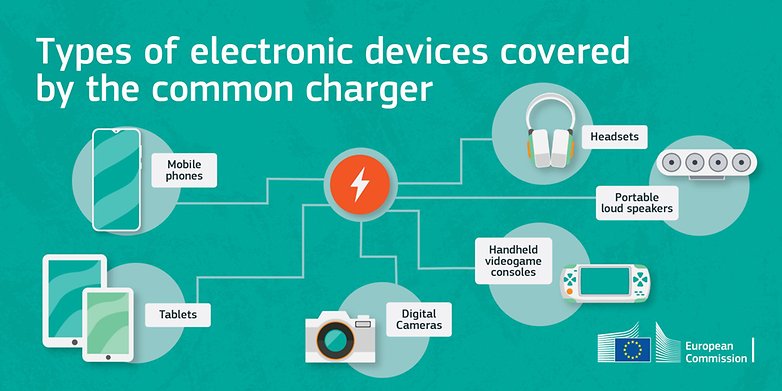
Total compatibility: the ultimate goal of the EU to make Apple submit?
As my colleague Rubens immediately pointed out when I mentioned this news on our Slack channel, one of the major issues that this project faces is the universality of the charger, as well as the type of devices involved. Let us take the smartphone as an example.
"In order to have a universal charger in the long term, full compatibility is required on both sides of the charging cable: Between the device and the external power supply," stresses the European Commission, which is convinced that this "proposal presented today will achieve compatibility on the device side, which is by far the most important challenge."
"Compatibility with the external power supply side will be addressed in the revision of the Commission's Ecodesign, which will be launched later this year so that its entry into force can be aligned with today's proposal."
As explained above, this is a proposal for a directive. It still has to be submitted to the European Parliament and the European Council for voting. If the directive is adopted, industry players will have 24 months to comply and begin the transition (as it is a directive and not a regulation, it also has to be approved by member states).
Hmmm, but which actor(s) does the Commission mean? Hmmmmmmmmm... let us think for a while. The underlying objective is obviously to make Apple submit to these changes for its smartphones and tablets, and make it include a USB-C port instead of its proprietary Lightning port. However, Apple is not going to be the only one who will be affected by these measures.
The fact that the Commission wants to prevent manufacturers from"unjustifiably limit charging speed" and to "ensure that the charging speed is the same when using any compatible charger for a device" reminds me of the famous fast-charging technologies that only work with a very specific power supply. Am I right, OnePlus?
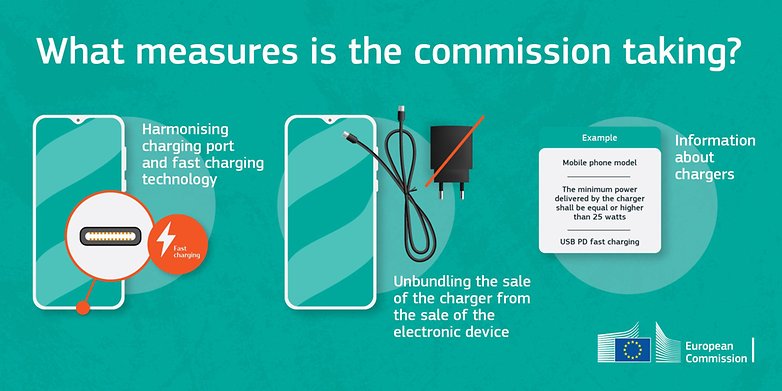
What do you think of this measure and this first step towards the adoption of a universal USB-C charger? Do you think smartphone manufacturers, Apple AND Android alike, will play along? Would you be more willing to buy a smartphone if you have a universal charger that works regardless of the brand or range? Let's discuss this issue in the comments.
Source: Commission européenne








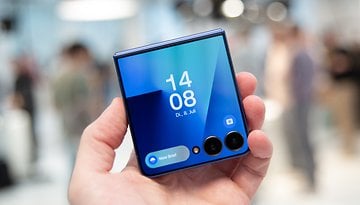

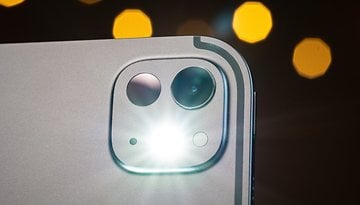
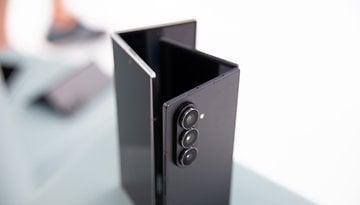
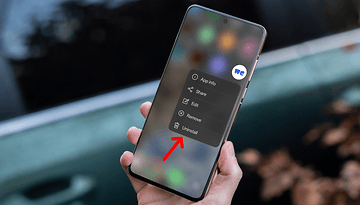
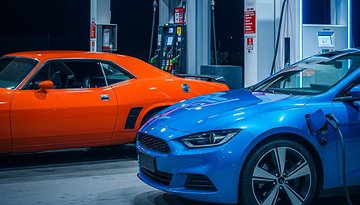

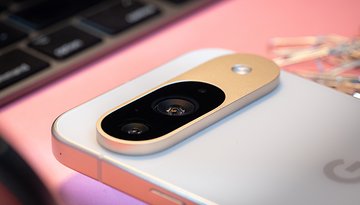




It would be very good, but only if I will still be able to choose if I want to charge my smartphone at 5V/2A or if I want to charge faster.
Lol.... apple juice is out in Europe
Heheh.....right bro